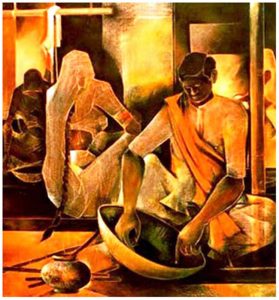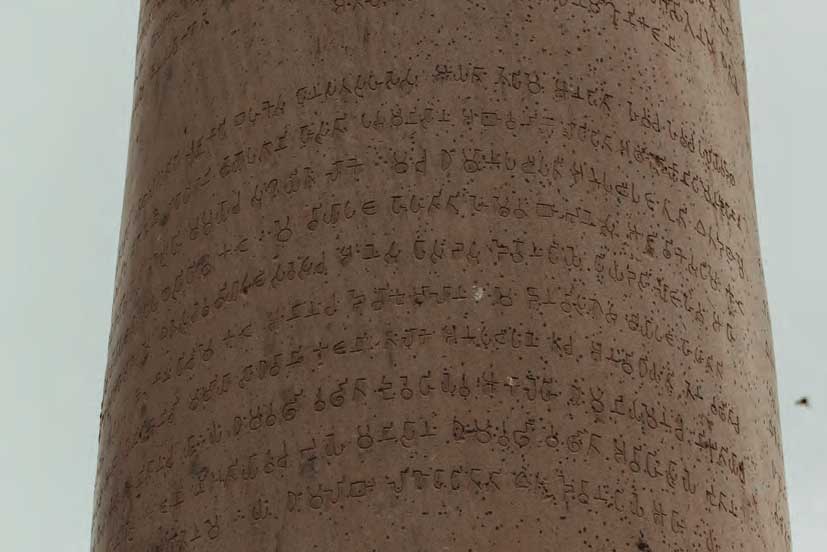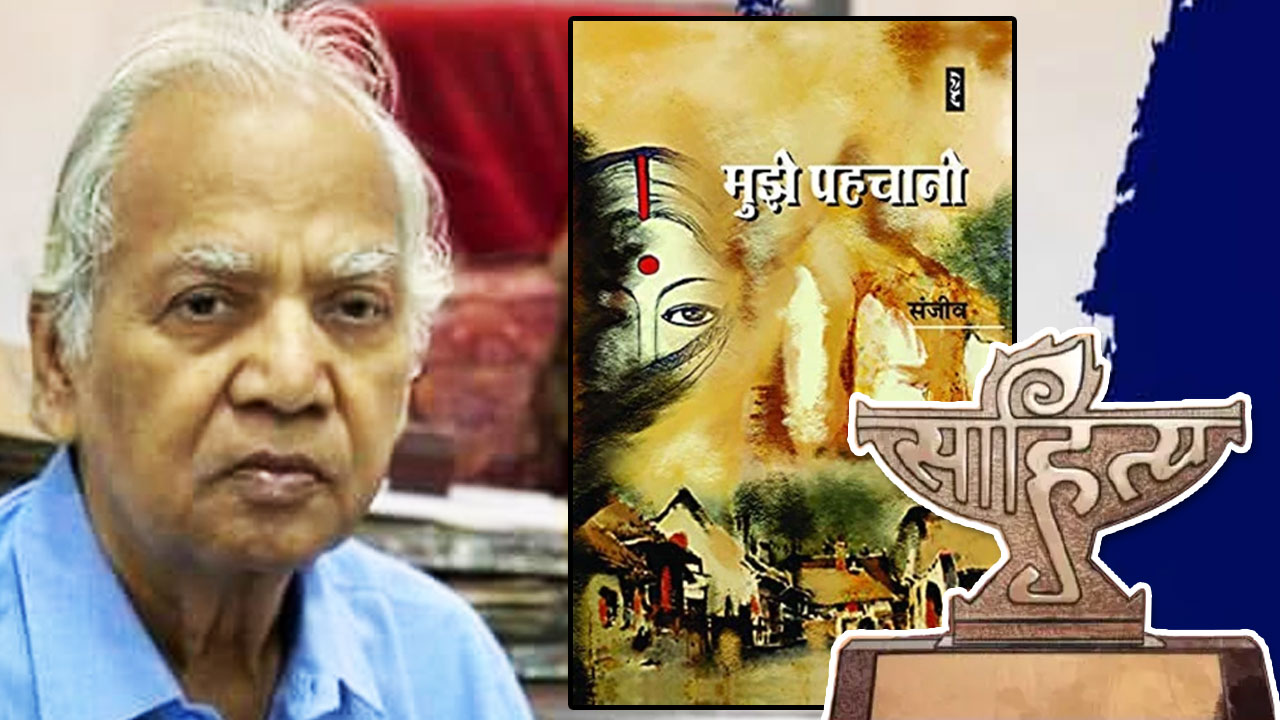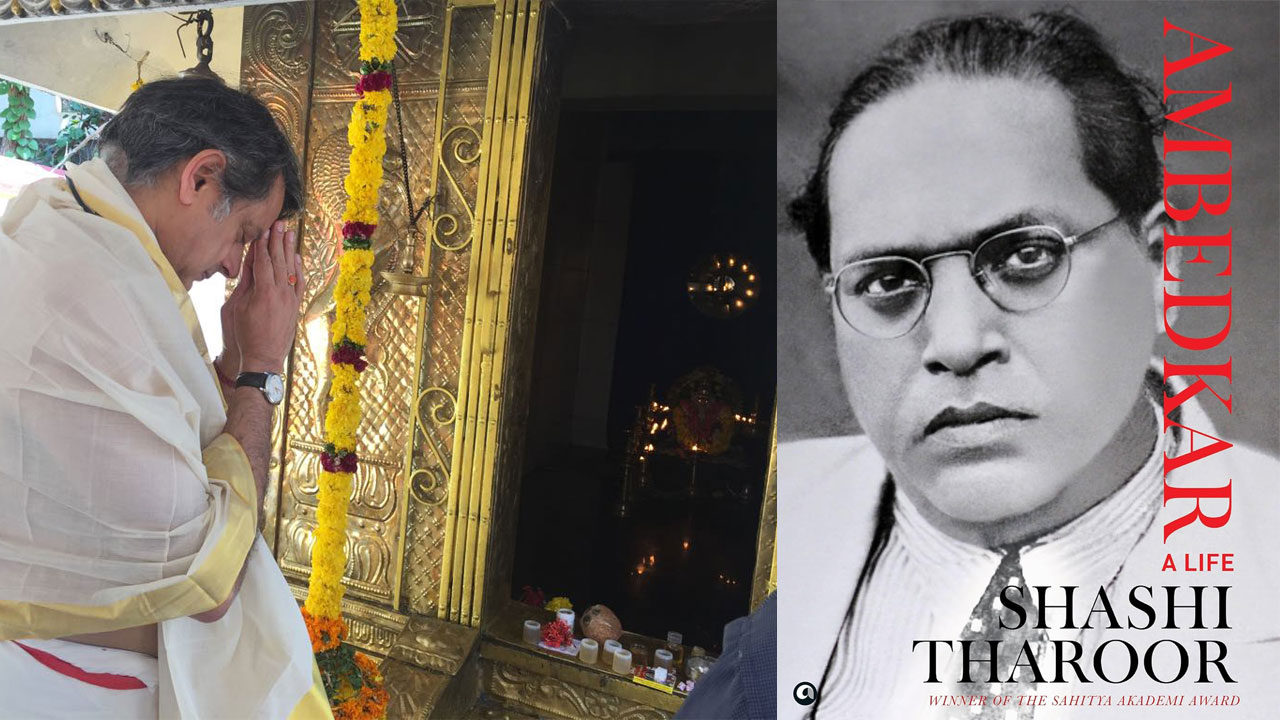The stratification of Indian society, done under the guidelines provided by the Brahmanical social ideology,
was accompanied by an elaborate hypocrisy of ‘sacredness’, leaving no possibilities of ideological union
between Shudras, Ati-Shudras and OBCs. As the unity of these three classes would have sounded the death knell of the extant system, whenever movements fighting for equality were launched in India, the Savarnas have tried to smuggle the OBCs into their camp. The real danger was the disintegration of Brahmanical Hindu religion and it could be saved only by giving it a new veneer of faith andreligion.
Arya Samaj was an example of one such attempt, which tried to disrupt the impending unity of the Shudras, Ati-Shudras and OBCs in colonial India. That was because all the three classes were using their knowledge of instruments of exploitation, acquired by them through experience, to spread awareness and thus create a wider consciousness of liberation. That was why it was essential for Brahmanism to build structures of art, literature and land relations that would continue to keep the society divided.
 In the post-Independence India, this agenda was implemented with an even greater alacrity. The Savarna litterateurs were feeling threatened by the growing popularity of Dalit literature. They could also see the signs of an emerging OBC literature and a ‘great’ Hindi critic voiced this ‘pain’ of the Savarna community by tossing comments like “No reservation in literature”. In fact, they were not fearful of OBC literature. What they feared was the emerging new concept of ‘Bahujan literature’ in which Dalit, women’s, tribal and OBC literature was included. This concept had the potential to wipe out their carefully crafted divisive strategy. And then, it would not have remained confined to only art and literature. It would have spread to all areas of knowledge where the Bahujans were making their presence felt. When the critics were shouting themselves hoarse, the first battalion of OBCs was demolishing the outermost circle of the Savarna domination of Indian academic institutions. They were not only attacking the Savarna domination in terms of numbers but they were also endeavouring to bring into public domain the knowledge that was kept under wraps for centuries. The pace at which Bahujan presence is growing in the field of politics is much higher than in the arenas of literature and art. That is because the Savaranas have had almost a complete monopoly over publishing, criticism and reading and writing. The fact that many authors wearing the cloak of ‘progressivism’ too, ultimately, played the role of Savarna critics should not be mourned.
In the post-Independence India, this agenda was implemented with an even greater alacrity. The Savarna litterateurs were feeling threatened by the growing popularity of Dalit literature. They could also see the signs of an emerging OBC literature and a ‘great’ Hindi critic voiced this ‘pain’ of the Savarna community by tossing comments like “No reservation in literature”. In fact, they were not fearful of OBC literature. What they feared was the emerging new concept of ‘Bahujan literature’ in which Dalit, women’s, tribal and OBC literature was included. This concept had the potential to wipe out their carefully crafted divisive strategy. And then, it would not have remained confined to only art and literature. It would have spread to all areas of knowledge where the Bahujans were making their presence felt. When the critics were shouting themselves hoarse, the first battalion of OBCs was demolishing the outermost circle of the Savarna domination of Indian academic institutions. They were not only attacking the Savarna domination in terms of numbers but they were also endeavouring to bring into public domain the knowledge that was kept under wraps for centuries. The pace at which Bahujan presence is growing in the field of politics is much higher than in the arenas of literature and art. That is because the Savaranas have had almost a complete monopoly over publishing, criticism and reading and writing. The fact that many authors wearing the cloak of ‘progressivism’ too, ultimately, played the role of Savarna critics should not be mourned.
That is the reason why the concept of ‘Bahujans’, which was relegated to the margins, is finding a place in the chronicles of society. It was these so-called Progressives who glorified Bhartendu Harishchandra and Mahadevi Verma instead of Jotiba Phule and Savitribai Phule. What is even more interesting is that workers, farmers and the proletariat were never the concerns of these critics. Their caste identity remained most important for them: art and progressivism could wait. On the other hand, in the concept of Bahujans,
right from Buddha to Phule, the concerns of the farmers and the workers have always found a central place. The seven notes of music were created by Dalits and OBCs but while giving them the Savarna status of ‘Classical Music’, no one even bothered to tell the world that it had been created by the Bahujans and it was their intellectual property.
The entire level of consciousness in this ‘loot of knowledge’ has been created with Dwijs as its base. Therefore, it can safely be concluded that the said Hindi critic must have been primarily concerned with maintaining the dominance of Dwijs.
Jotiba Phule’s play Kisan Ka Koda is an excellent documentation of the condition and problems of the peasants in the Indian subcontinent. It is an accurate analysis of the dialectics of the contemporary social, political and cultural ambience. But it was deliberately ignored.
It is intriguing that the concept of ‘social equality’ did not find a place in the teachings of any Indian thinker prior to Buddha. It was systematically developed at the conceptual level by Phule. Now, the question is, if the concept of ‘social equality’ does not exist even in a cultural structure then how and why can the literature of that cultural structure be considered ‘people’s literature’? In fact, it does not even qualify to be called literature because it is status quoist. It has no role to play in the development of society. Thus, Indian literature begins and ends with Bahujan literature. Savarna literature is merely an instrument of exploitation.
The stream of Bahujan literature is quite a long one. And it is also a fact that if you subtract Bahujan literature from the socalled Hindi literature, only pulp fiction will remain. The desperation and anxiety of the critic referred to above can be understood. How can he become a ‘great’ critic on the basis of this ‘pulp’, especially since all his instruments of criticism are Savarna?
Another pertinent issue is that the assessment of Savarna thinkers vis-à-vis the pace of social change have proved to be wide off the mark. For instance, this critic insisted that it would take 100 to 200 years to free society from its well-entrenched mores and prejudices. But the rise of political awareness among the Bahujans and the quickened pace of cultural changes seems to have shortened this time frame. If their understanding of society and its processes is so flawed then wouldn’t it be legitimate to ask as to how far was the so-called ‘Progressive’ movement influenced by Savarna conservatism?
Published in the July 2014 issue of the Forward Press magazine
Forward Press also publishes books on Bahujan issues. Forward Press Books sheds light on the widespread problems as well as the finer aspects of Bahujan (Dalit, OBC, Adivasi, Nomadic, Pasmanda) society, literature, culture and politics. Contact us for a list of FP Books’ titles and to order. Mobile: +919968527911, Email: info@forwardmagazine.in





